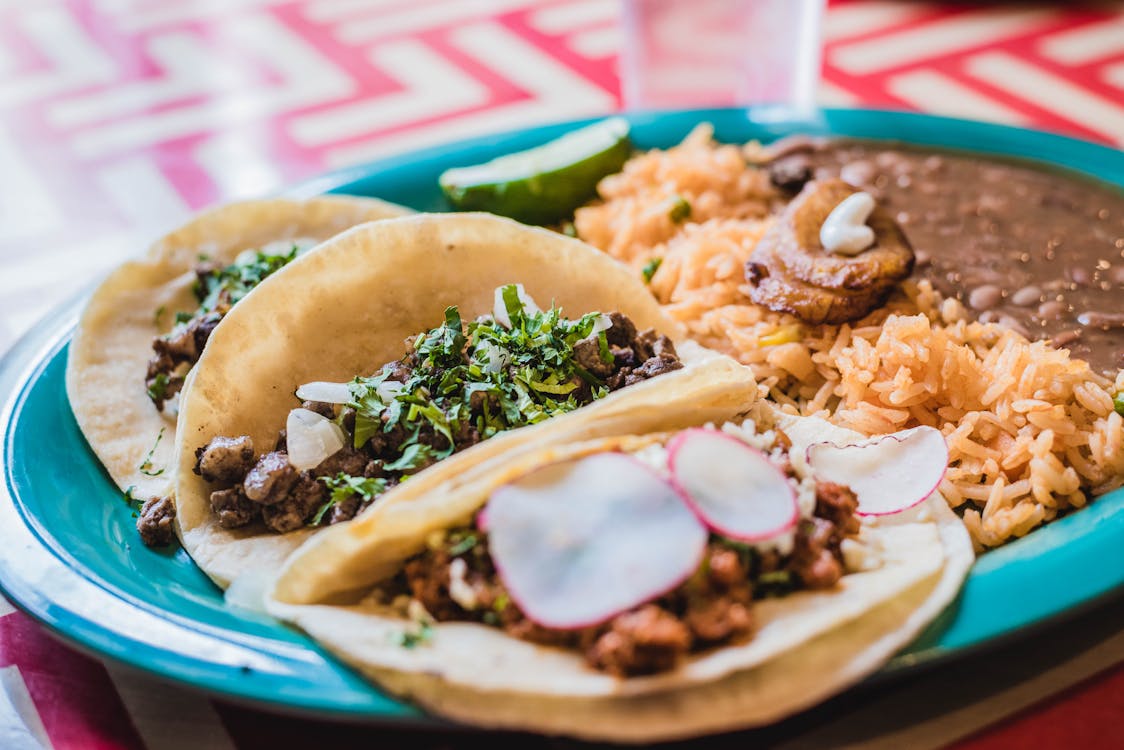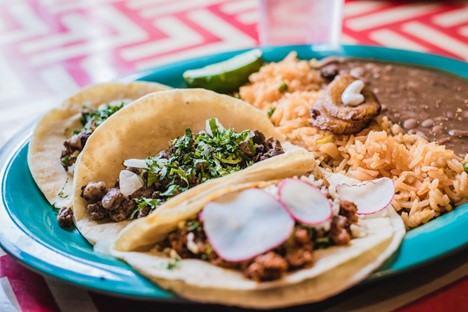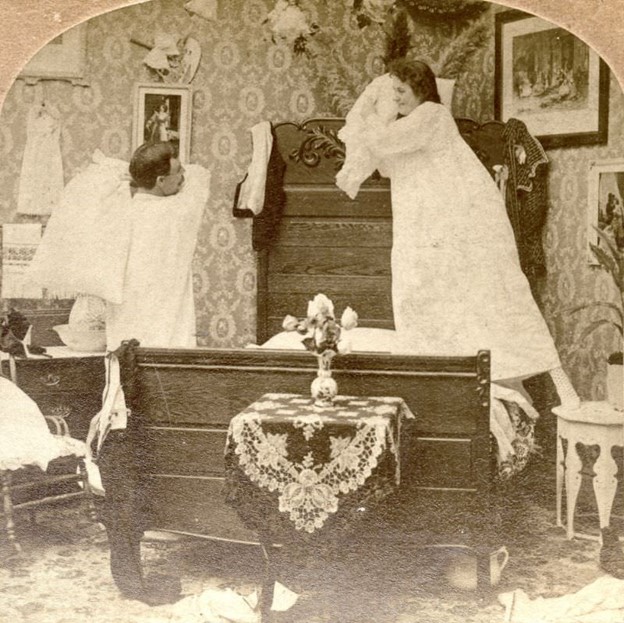Ever wonder why countries celebrate Cinco de Mayo? We’re taking a brief glance at the history and impact of the holiday designed for celebrating Mexican heritage and culture.
More Than Tasty Tacos
How Little Cinco de Mayo Makes a Big Impact

Although if these are the kinds of tacos we’ll get because of it, we aren’t complaining.
Cinco de Mayo, often mislabeled as Mexican Independence Day (which is celebrated on September 16), is a day set apart to celebrate Mexican heritage.
For some, the day is a nice excuse to splurge at a good Mexican restaurant and guzzle margaritas. But the real story behind the holiday is steeped in Mexican roots and pride — a celebration of triumph in the bleakest of circumstances.
An Unexpected Victory
Unlike the misconception that Cinco de Mayo celebrates Mexico’s independence from Spain, the true reason for the holiday lies in the Battle of Puebla, fought on May 5, 1862. This battle that saw Mexico’s army against the French Empire was a classic illustration of an underdog fight, with Mexico’s poorly equipped army of 4,000 going up against the well-armed French army of 8,000. As the French army headed toward the country’s capital, they were staved off by resistance based close to the state of Puebla — one that eventually pushed back the French army and defeated them.
Even though the French eventually won the Second Franco-Mexican War, the Battle of Puebla became a mark of national pride and unity. A decisive win against an army that hadn’t lost a battle in decades — that was something to celebrate!
And there were celebrations, some long after the battle was over: festivals, parades, parties, and more. But over the years, these fantastical celebrations have made their way all around the world, not just in Mexico. Ironically, Cinco de Mayo is a relatively small holiday in Mexico, mostly celebrated in Puebla itself.
If you’re wondering how the holiday became such a grand experience outside of Mexico, you can look toward United States President Franklin Roosevelt.
Borrowing a Holiday
Southern California had been celebrating Cinco de Mayo in solidarity with Mexico since around 1863; however, after President Roosevelt’s “Good Neighbor Policy” was created in 1933, the holiday steadily spread nation-wide to celebrate Mexican identity, culture, and contributions to American society.

Dancers at the annual Cinco de Mayo Festival in Washington, DC, US.
Alcohol marketers in the 1980s used the holiday to promote and encourage their products, leading to an increase of celebrations and commercial success. In a non-alcoholic statistic, the California Avocado Commission reports that 87 million pounds of avocados are purchased for Cinco de Mayo celebrations alone.
Places outside of the US like Canada, Australia, Japan, the Cayman Islands, and others have adopted the holiday as well, holding events and festivals as a celebration of Latin American culture.
Roots that Spread
Many people without Mexican roots gather with family and friends on Cinco de Mayo to honor and appreciate a culture that isn’t necessarily their own . When we celebrate other cultures, we build community with the people from those cultures as we share their experiences. Although we might be separate from those heritages, we can learn to love them and appreciate their contributions.
And that can even be said for cultures within our own family tree. Sometimes because of immigration or intermarriage or just simply time, we can find ourselves separated from our own heritage — language and traditions that were common for our parents, grandparents, great-grandparents and beyond, but ones we have no personal experience with.
The good news is that we can make those connections for ourselves. As we take the time to research our own culture and heritage, we can discover more about ourselves and then share those discoveries with those around us.
And that’s a victory all on its own.
Wherever your tree extends to, we want you to discover and navigate it in a faster and better way. We want to help you get started on our platform — whether you would like to upload your family tree or talk to us about how to use our services, we would be happy to personally assist you. Feel free to reach out to us at info@rootsview.com.




